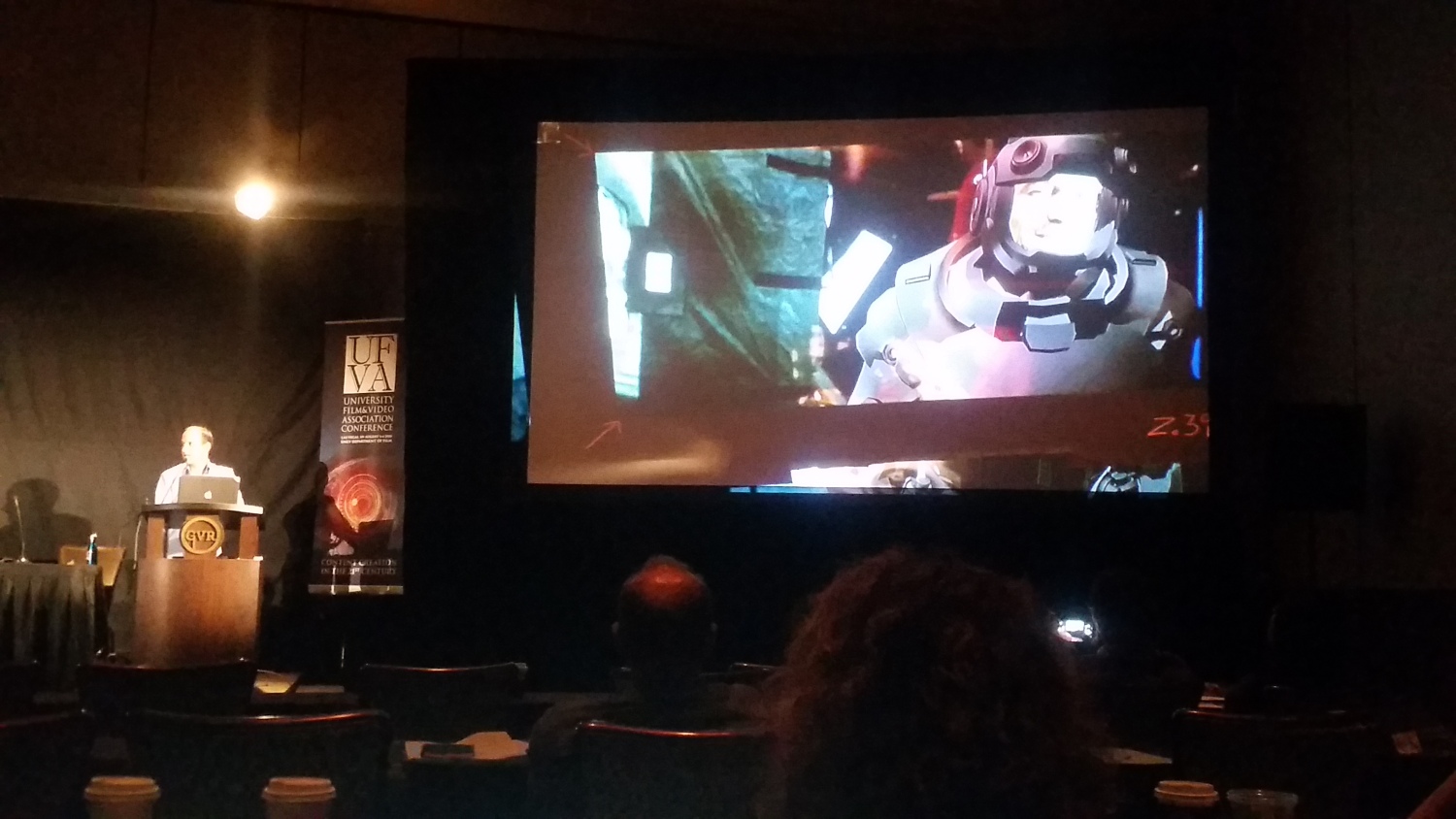The Republican Convention has been getting flack for a rough start. As someone who helps produce live events, I feel their pain and know the challenges involved. Because while participants might feel the event is just a series of speakers, if produced correctly, the experience can actually be a cohesive narrative. Attendees should come away with a positive feeling, some new information and a commitment to action, never knowing all the logistics, security sweeps, food deliveries, changing of speakers, and other details that are happening under the surface.
How is a live event a story?
A live event is a story with a main character which in most cases is not a single person but rather a company or cause. There are supporting characters, too—usually people who can help shed light on a particular aspect of the company or a particular example of the cause in action. And these characters all fit into a story arc with an introduction, a crescendo (for each plenary if there are multiple ones) and a finale. There might be break-out sessions, receptions and mixers where participants get to learn more and meet one another. And there should also be videos and multi-media elements that help elucidate key themes help the audience get to know the main characters. But at the end of the day, it’s still a story.
What are the key elements for a good live event?
Entertainment. Talking heads never win the day. You need to build in some excitement and fun. This means more than just simply bringing out a musician on stage here or there. Because even a performance must connect to the main story thread. So if your event is telling the story of homelessness in America, then the musician might be an artist who was formerly homeless. If your event is about women’s empowerment, you might create a live-on-stage showcase with cutting-edge products created by women-owned businesses. Whatever can transform the experience of the person in the room and entertain them, while also helping to make an emotional connection to your theme.
Drama. This often relates to having a big-name speaker. But it can also mean keeping your timing tight so that speakers, videos and other elements move towards a crescendo to your climactic speaker of the session. This means vetting speeches—always challenging with VIPs—and being sure they don’t overlap in content, and are as short and thematically interconnected as they can reasonably be. The last thing you want is a tired audience (or one that gets up and leaves), which is exactly what happened to Iowa Senator Joni Ernst when her speech got pushed well past prime-time and almost at midnight during the Republican Convention.
Stories. Stories are most often anecdotes from speakers that elucidate the purpose or theme of the event. As speechwriters, our first job is to interview speakers to be sure we understand their stories, which ones fit into the narrative arc of the event, and how best to write in the person’s natural voice. This is why Melania Trump was so ill-served by whomever wrote her partly plagiarized speech–Googling “first lady speeches” is never a great way to begin the writing process. It must always begin with the individual and their own story.
Video. Video is a way to tell compelling stories weaving together archival video clips, photos, interviews, music. Video can move an audience to tears, or make them rise to their feet in applause. It can tell a more textured story that a speaker can do about a cause or a person. Since I started this post talking about the Republican Convention, I should mention one of my first projects was researching a few of the archival images for the famous A Man From Hope video produced by Linda Bloodworth-Thomason that introduced Bill Clinton to the Democratic Convention in 1992 (minus the 3-min introduction now on YouTube that was not part of the original piece).
Audiences today wouldn’t be able to sit still for a 15-minute video at an event today, but this film is still a stand-out for its ability to introduce all the main characters in this family story. It helped audience members see Clinton’s vision and values within a historical context, such as his growing up in the poor south during the civil rights era and the impact of the Kennedy assassination on his vision for the future. When we produce videos for today’s events, we try to keep them to under 3 minutes, which means we don’t get to develop the texture and depth of those older interview-driven pieces. But the goal is the same: let the audience see a more intimate side of an individual or a cause, and evoke an emotional connection in the room.
Producing live events is always a challenge. And national conventions are some of the most daunting. At the end of the day, the best story will win.
Amy DeLouise is a writer-director-producer who creates content for live events. Her new book The Producer’s Playbook: Real People on Camera (Focal/Routledge) is available on Amazon.com and the Routledge website.





